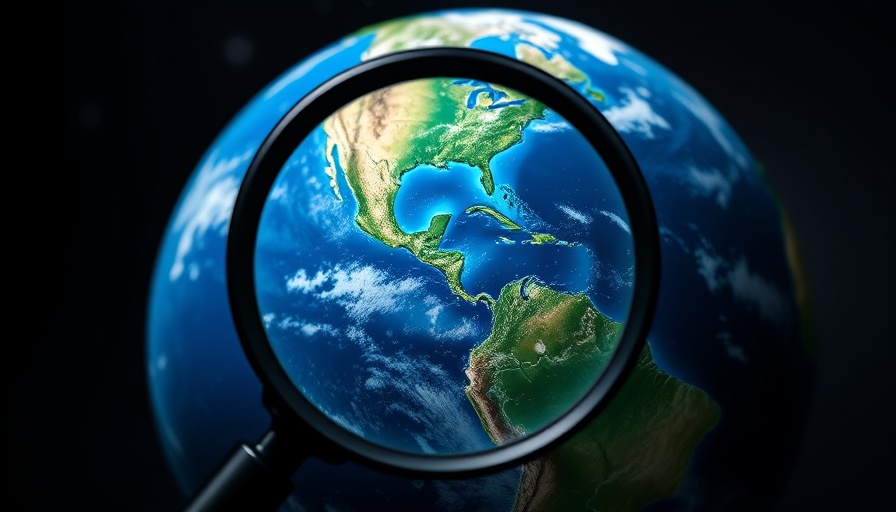
Understanding the New Era of Environmental Risk Assessment
The urgent need for granular environmental assessments has never been clearer. With the impact of climate change being felt around the world, the ability to forecast local risks is critical. A revolutionary method presented by Google Research combines traditional climate models with the innovative capabilities of generative AI, which enables scientists to deliver detailed regional predictions that were previously unattainable. By employing a dynamical-generative downscaling technique, researchers can transform broad climate projections into localized estimates of environmental risk.
How This AI Method Works
The innovative approach described involves using probabilistic diffusion models, a form of generative AI that efficiently learns complex data distributions. This means that rather than relying solely on high-cost simulations from traditional Earth system models—which typically provide coarse estimates over large areas—the new method can bridge the gap and provide finely-tuned assessments. This is analogous to using a camera with an adjustable zoom lens: the more you focus in on a particular region, the clearer and more relevant the results become.
Breaking Down the Costs and Computational Limitations
One of the primary hurdles of high-resolution environmental assessments has been the monumental computational expenses involved. Researchers have often found themselves limited by the computational power required to run detailed simulations. Fast statistical methods are available but frequently fail to capture the intricate dynamics of local weather patterns effectively. By merging AI with traditional models, researchers are now able to mitigate these issues, allowing for swift and more cost-effective environmental risk assessments. This saves time and resources while offering improved accuracy.
Why Local Climate Predictions Matter
At a local level, understanding environmental risk is essential for effective planning in agriculture, urban development, and disaster response. As the population continues to grow and the climate crisis escalates, having access to detailed information on issues such as flooding, heatwaves, and wildfires can guide strategic decision-making in communities worldwide. For instance, farmers can adjust their strategies based on localized weather projections, helping to safeguard their crops and livelihoods.
The Future of Environmental Risk Forecasting with AI
Looking forward, the integration of generative AI in environmental science holds immense promise. This method allows for continuous adjustments and updates based on incoming data, making predictions more dynamic and responsive to real-world changes. As AI tools for business and education further evolve, they will provide professionals with the ability to adapt swiftly to emerging trends, ensuring organizations are prepared for the challenges posed by climate change.
Engage with AI's Growing Role in Your Community
As AI technology continues to advance, engaging with local AI communities and systems can yield significant benefits. Networking through AI platforms can strengthen professional ties and promote collaborative efforts that enhance environmental strategies. Imagine leveraging AI tools not just for business, but as part of a broader dialogue about our shared future.
In light of these developments, staying informed and connected through AI networking events and education programs is crucial. By understanding how AI can advance career development, business growth, and community planning, professionals can play a pivotal role in shaping a sustainable future. It’s time to harness the power of AI for environmental innovation—and every one of us can contribute to that journey.
 Add Row
Add Row  Add
Add 





 Add Row
Add Row  Add
Add 


Write A Comment